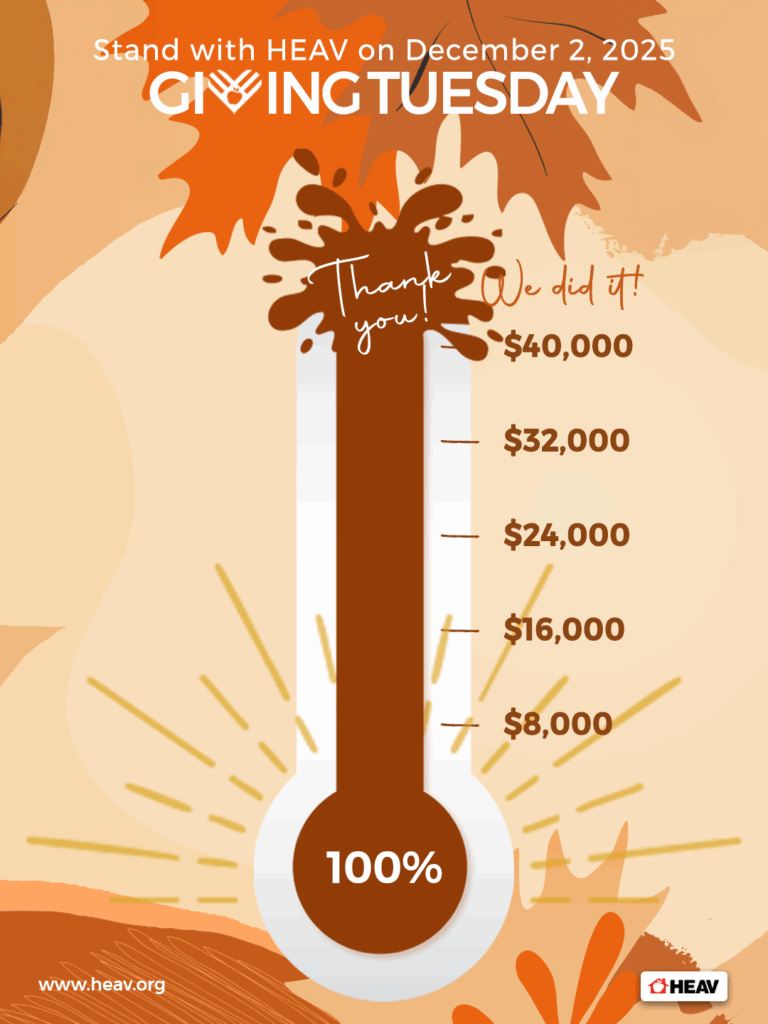Hands-On Botany and Fall Gardens
As fall gardens experience cooler temperatures, you’ll want to start thinking about winterizing your yard and garden. Take advantage of this time to plan ahead for next year’s garden and explore the botanical wonders in your backyard along the way. Explore this Homeschool Living for learning activities and tips for making the most of your garden–year-round!
Learning from Fall Gardens
Science for Kids shares a great overview of the life cycle of a plant.
Check out these 13 creative ways to teach plant life cycles for craft ideas, diagrams, worksheets, and even videos.
As you pull out old annuals to clear space for next spring, and plant perennial bulbs or cut back existing plants, examine and discuss the differences between annual and perennial plants.
In Virginia, the average date for the first frost is somewhere between September 30 and October 30. While this does mean that our outdoor gardening seasons are drawing to a close, there are plenty of vegetables and herbs that can be grown indoors and harvested all winter.
Preparing for Winter
You may have heard that pruning should be done twice a year–once in the spring and again in the fall. However, there are some compelling reasons to leave your trees and shrubs alone in the fall. Check out these pruning tips and some other tasks that should be on your fall to-do list.
This article from The Spruce includes an extensive outline of possible tasks required to “put the garden to bed” for the winter. This is an excellent opportunity to involve the whole family. Even young children can help weed, rake, and plant, and the jobs will provide great family exercise on a brisk fall day and hands-on learning opportunities galore!
Planning for Spring
Check out these five best bulbs to plant in the fall from Sunset magazine.
American Meadows’ website offers a wealth of information on planting spring bulbs, garden design, planting guides, and more.
Try this simple experiment for observing plant growth for an easy-to-see demonstration of what will happen to your spring bulbs underground. You can plant the bulbs individually in clear containers, or plant multiple bulbs in larger containers to create beautiful living centerpieces and indoor decorations.
Spring may seem to be a long way off yet, but the fall is an excellent time to make notes and plans for next year’s garden. You can mark plants and trees if necessary to remember how their blooms will fit into next year’s plans; jot notes about plants to add, omit, or re-home while everything’s fresh in your mind; even make some rough sketches of bulbs you planted or perennials you expect to return. Check out this guide to planning and planting your spring garden for great tips and ideas.












